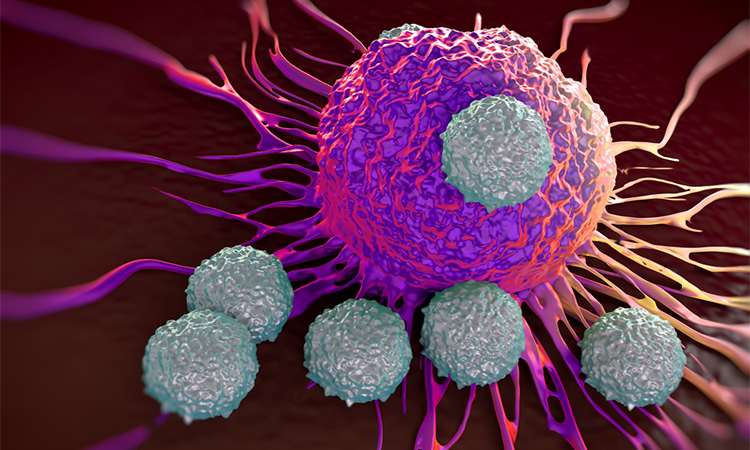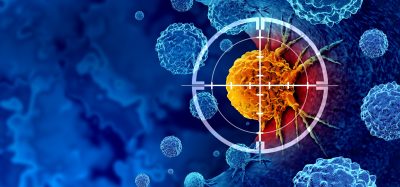Study uncovers relationship between T cells and CD4
Posted: 12 October 2022 | Ria Kakkad (Drug Target Review) | No comments yet
Researchers at the University of Arizona Health Sciences found that CD4 plays an active role in regulating T-cell receptor signalling.


Researchers from the University of Arizona Health Sciences, US, found that CD4 plays a more active role in regulating T-cell receptor signalling. The CD4 molecule is found on the surface of many T cells and has historically been thought to only play a supporting role in the cell’s functions. The study, which was recently published in eLife, took a unique evolutionary approach to the immune system by examining the ways T cells have changed or remained the same over time.
“This study is giving us a better appreciation for how CD4 works in concert with the T-cell receptor to naturally direct T cells,” said Dr Michael Kuhns. “CD4 is very much a co-equal player in antigen recognition and T-cell activation.”
The findings allow researchers to paint a more accurate evolutionary blueprint of the mechanisms within CD4 that could allow for even more powerful versions of T-cell therapy. CAR T-cell therapy is already being used for some forms of cancer. The researchers are currently testing genetically engineered five-module CAR T cells as a possible treatment for Type 1 diabetes.
The team looked at CD4 from several different species, from fish to human, to explore more than 400 million years of the molecule’s evolution. They identified regions in CD4 that are unique to mammals.
“We looked at what amino acids in these proteins changed, and what amino acids in these proteins stayed the same,” Dr Koenraad Van Doorslaer. “The idea being, if they did not change, they could be important for the function of the protein.”
The research team discovered conserved sequences of amino acids, called motifs, then worked to find out how the motifs enhanced or inhibited CD4 activity. They designed genes with mutated motifs and introduced them into a T-cell system, then looked at the protein’s response – where it went in the cell, what it interacted with, and how it impacted signalling events and outcomes. They found different combinations of motifs resulted in varying degrees of upregulation and downregulation.
“If you think about T cells as being driven by molecular machines, what we do is take the machines apart to figure out how they were built,” Kuhns said. “CD4 seems to be really important to the function of T cells, because evolution does not want it to change. We went in and changed it.”
More work needs to be done to measure the differing contributions the motifs make to CD4 function. Eventually, the research could lead to the engineering of more finely tuned synthetic receptors for T-cell therapies.
Related topics
Chimeric Antigen Receptors (CARs), Immunotherapy, Oncology, T cells
Related conditions
Cancer
Related organisations
University of Arizona Health Sciences
Related people
Dr Koenraad Van Doorslaer, Dr Michael Kuhns








